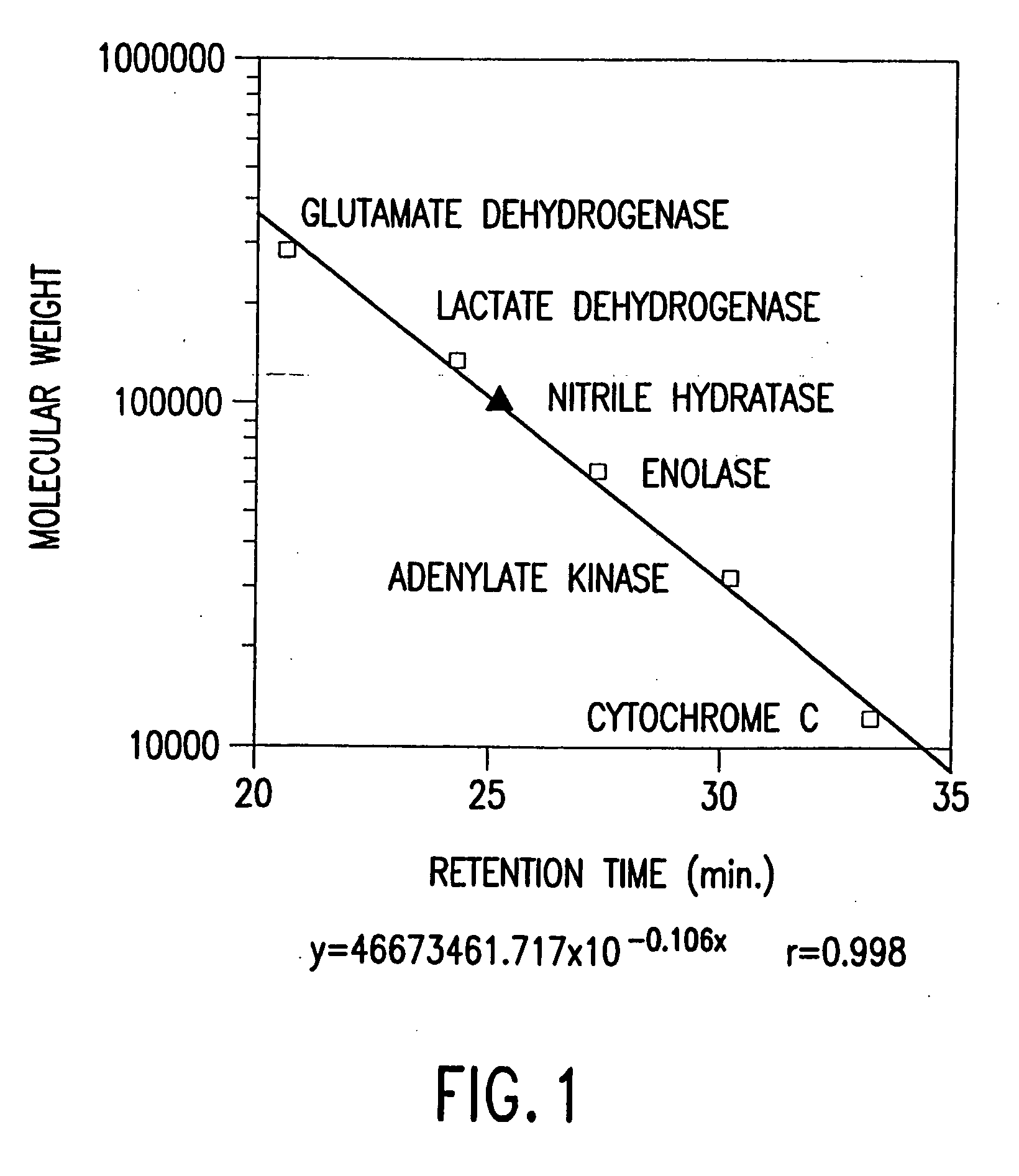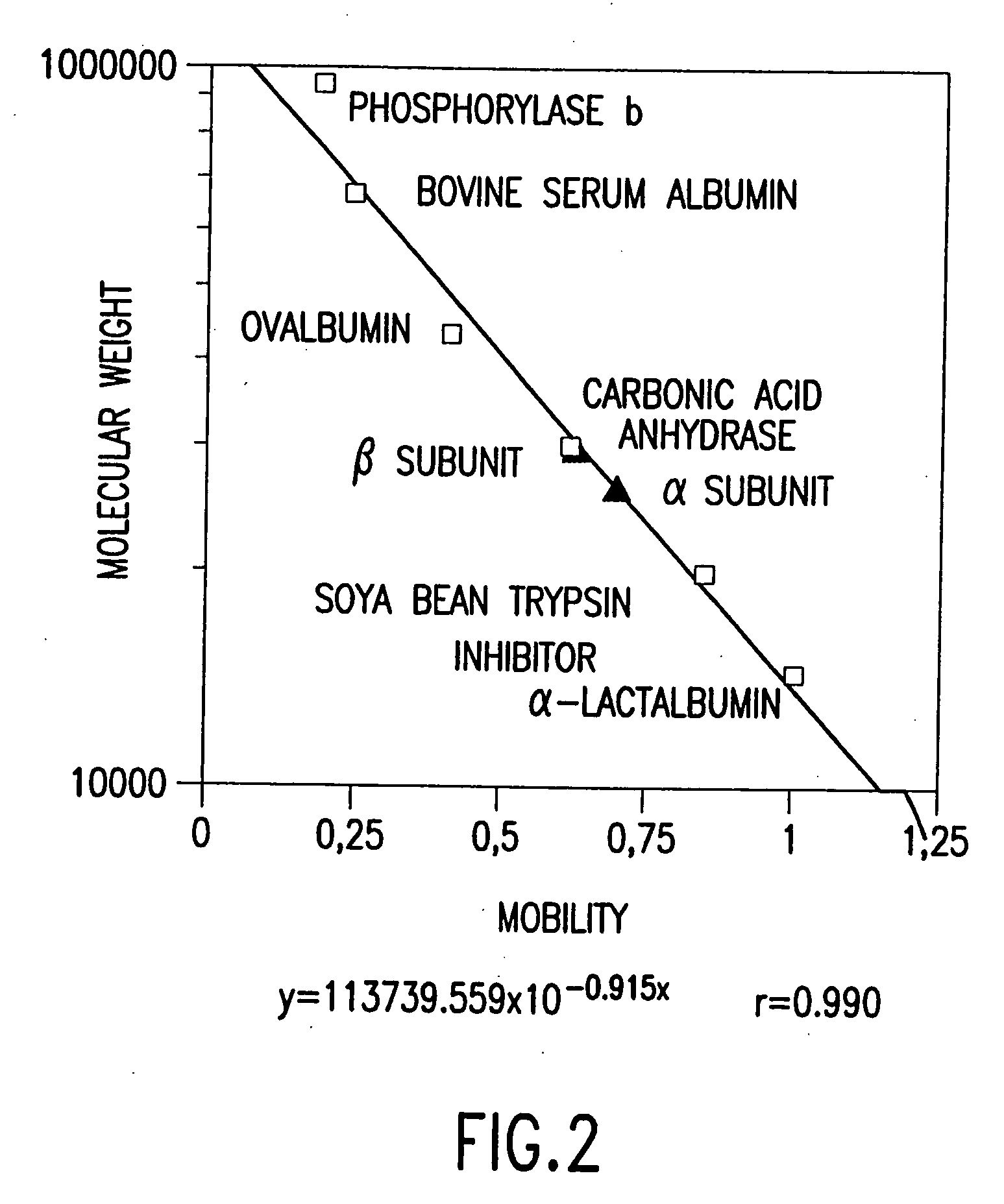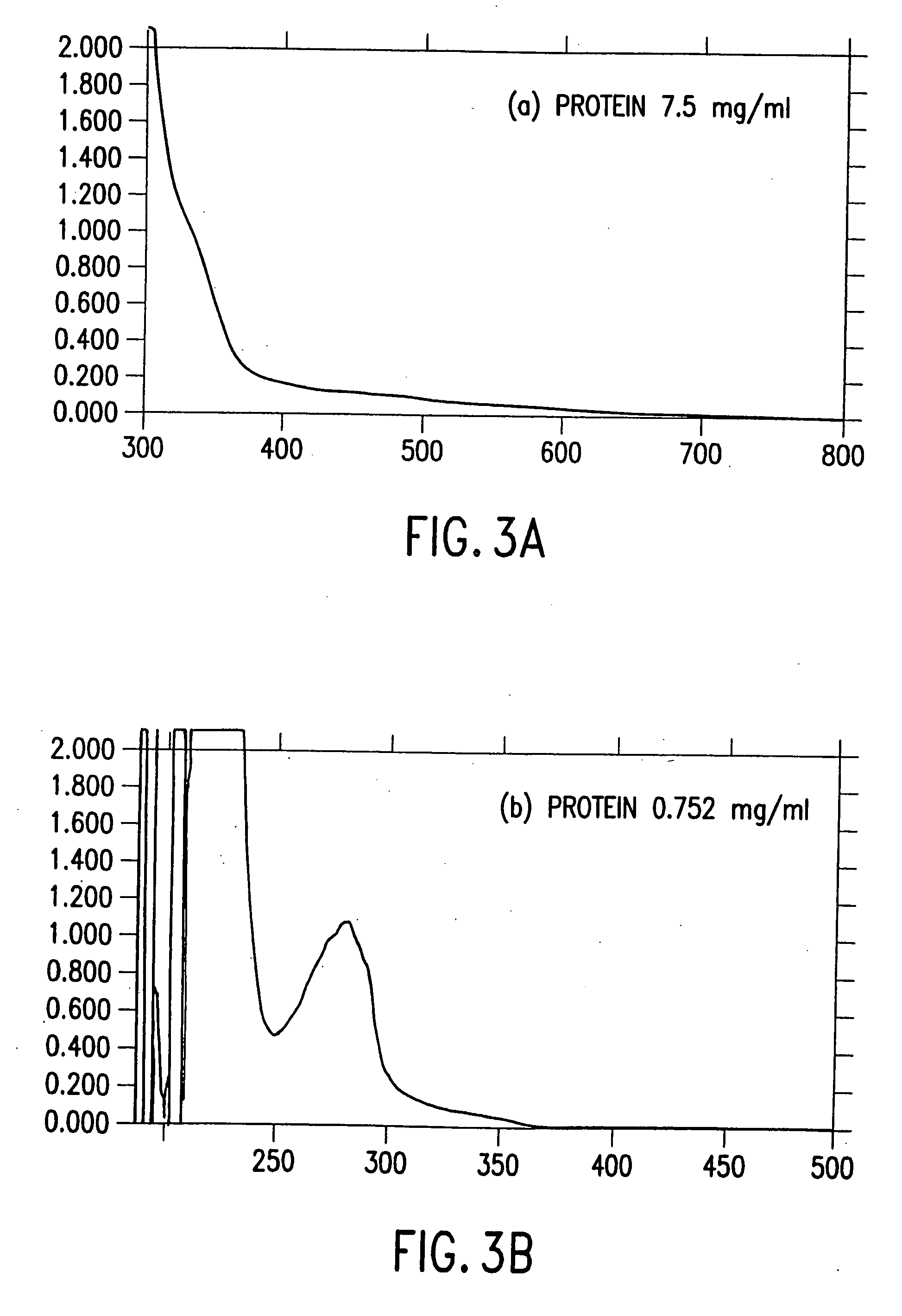Process for the preparation of amides
a technology of amide and amide gel, which is applied in the field of microorganisms, can solve the problems of low activity of microorganisms, low heat stability of microorganisms, and discoloration of products, and achieve good yield and purity
- Summary
- Abstract
- Description
- Claims
- Application Information
AI Technical Summary
Benefits of technology
Problems solved by technology
Method used
Image
Examples
example 1
Growth of Microorganisms of the Genus Actinomadura or Amycolatopsis
[0066] a) Various soil samples were inoculated with various nitriles or amides as a C and N source in the enrichment medium according to Table 1 and incubated at 37° C. or 45° C. for 7 10 days. The cultures were then transferred to the same medium and again cultured at 37° C. for 7 10 days. The whole process was repeated 3 times. The cultures were then diluted and plated out in order to obtain individual colonies. The plates were incubated at 37° C. for 5 days. The different colonies were then tested for the desired activity.
[0067]Amycolatopsis NA40 (DSMZ 11617) and Amycolatopsis NE31 (DSMZ 11616) were isolated in this way and then grown in the optimized medium (Table 3) for 90 100 h with shaking at 37° C.
[0068] Adiponitrile served as a C and N source for Amycolatopsis NE31 (DSMZ 11616), Actinomadura spadix E3733 and Actinomadura spadix E3736, azelanitrile served as a C and N source for Amycolatopsis NA40 (DSMZ 1...
example 2
Biotransformations with Microorganisms of the Genus Actinomadura or Amycolatopsis
[0072] (1) For determination of the nitrile hydratase activity, a reaction mixture (2 ml) containing 3-cyanopyridine (1.0 M, 1.0 ml), potassium phosphate buffer (pH 7.0, 0.1 M, 0.5 ml) and 0.5 ml of cell suspension were incubated at 20° C. for 30 min with stirring. The reaction was stopped by addition of 0.2 ml of 3 N HCl. After centrifuging briefly, the nicotinamide formed was determined by means of HPLC (Shimadzu SPD 6A system using a C18 column (Develosil ODS-HG-5, 4.6×250 cm); eluent: 10 mM KH2PO4 / H3PO4 (pH 2.8) / acetonitrile 9:1 (v / v); flow rate: 1 ml / min; the absorption was measured at 230 nm). The specific activity was expressed as .mu.mol of nicotinamide formed / ml / min / OD610 nm.
[0073] The reaction rates of aliphatic nitrites in the enrichment medium (Table 1) with isolated bacteria is summarized in Table 5, the effects of inducers and cofactors in the basal medium (Table 2) is summarized in Tab...
example 3
[0087] Identification of Microorganisms of the Genus Amycolatopsis
[0088] The following 5 chemotaxonomic markers supported the identification:
[0089] 1. Diagnostic amino acid of the peptidoglycan: mesodiaminopimelic acid
[0090] 2. Diagnostic sugars: arabinose and galactose
[0091] 3. Mycolic acids: mycolic acids absent
[0092] 4. Menaquinones: MK-9 (H4)
[0093] 5. Fatty acid pattern: iso / anteiso-branched and 2-hydroxy fatty acids, small amounts of 10-methyl-branched fatty acids were additionally detected. This fatty acid pattern was found in all representatives of the genus Amycolatopsis (fatty acid pattern 3f)
[0094] The combination of these chemical features is diagnostic of all species of the genus Amycolatopsis.
[0095] The fatty acid data of the two cultures were compared with the aid of main component analyses using the entries in the fatty acid database. Using this method, it was possible to assign both NE31 and NA40 to the genus Amycolatopsis, an identification of the species, h...
PUM
| Property | Measurement | Unit |
|---|---|---|
| Temperature | aaaaa | aaaaa |
| Temperature | aaaaa | aaaaa |
| Temperature | aaaaa | aaaaa |
Abstract
Description
Claims
Application Information
 Login to View More
Login to View More - R&D
- Intellectual Property
- Life Sciences
- Materials
- Tech Scout
- Unparalleled Data Quality
- Higher Quality Content
- 60% Fewer Hallucinations
Browse by: Latest US Patents, China's latest patents, Technical Efficacy Thesaurus, Application Domain, Technology Topic, Popular Technical Reports.
© 2025 PatSnap. All rights reserved.Legal|Privacy policy|Modern Slavery Act Transparency Statement|Sitemap|About US| Contact US: help@patsnap.com



